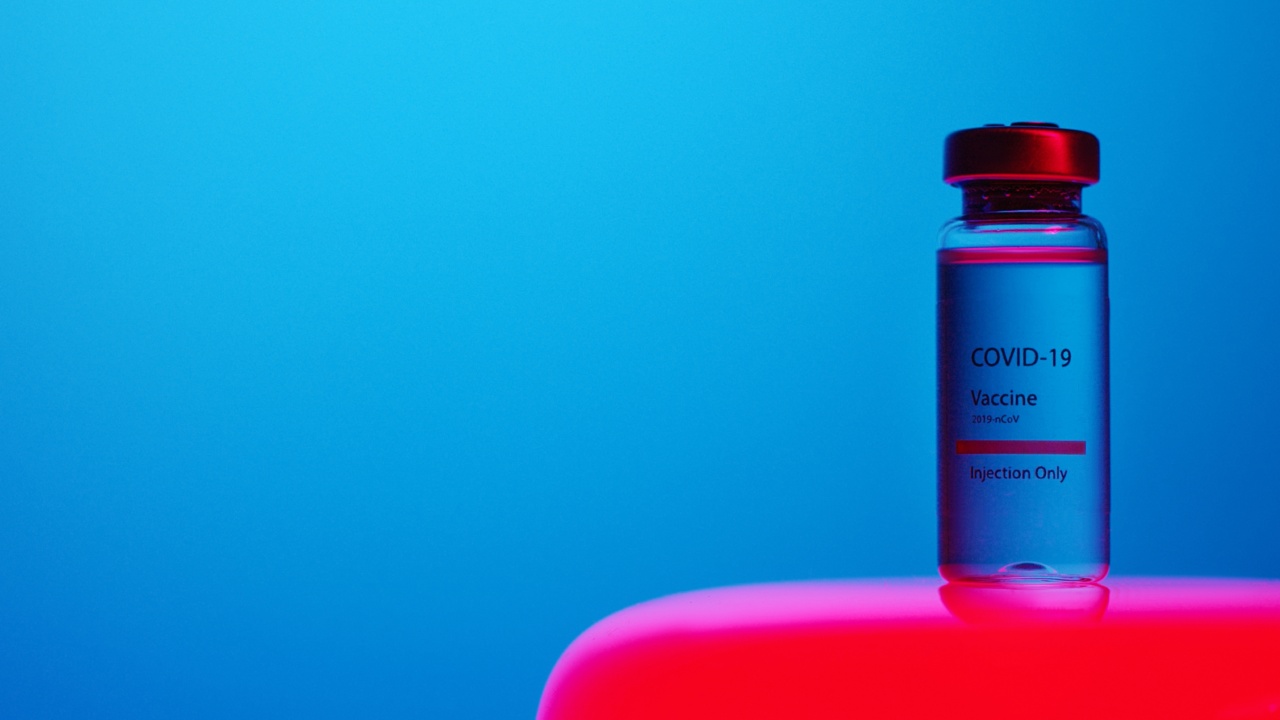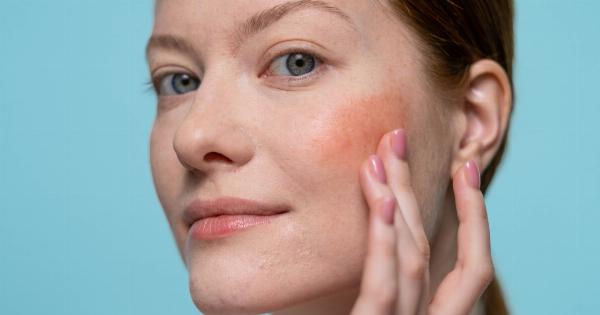We’ve all experienced it at some point: red, itchy skin that just won’t go away. Whether it’s from a bug bite or an allergic reaction, dealing with irritated skin can be a frustrating and uncomfortable experience.
Luckily, there are steps you can take to prevent and treat red and itchy skin. In this article, we’ll discuss some common triggers of irritated skin and share some helpful prevention tips.
What Causes Red and Itchy Skin?
There are many different things that can cause red and itchy skin. Here are some of the most common triggers:.
Allergies
Allergic reactions are a common cause of red and itchy skin. You can develop an allergy to just about anything, including certain foods, medications, and skin care products.
When your body comes into contact with an allergen, it triggers an immune response that can cause redness, itchiness, and other symptoms.
Eczema
Eczema is a condition that causes the skin to become red, itchy, and inflamed. It’s often caused by genetics, but environmental factors like stress, allergies, and irritants can also trigger flare-ups.
Eczema can be chronic, meaning that it may not go away completely, but it can be managed with the right treatment.
Poison Ivy, Oak, and Sumac
These three plants contain a toxic oil called urushiol, which can cause a red, itchy rash when it comes into contact with the skin. The rash usually appears within a few days of exposure and can last for several weeks.
Insect Bites and Stings
Bites and stings from insects like mosquitoes, bees, and wasps can also cause red, itchy skin. In some cases, these bites can trigger an allergic reaction that requires medical attention.
Sunburn
Sunburn is a common skin condition that occurs when your skin is overexposed to UV rays. It can cause red, painful, and itchy skin. Sunburn can increase your risk of skin cancer, so it’s important to take steps to prevent it.
Prevention Tips
Now that we’ve covered some common triggers of red and itchy skin, let’s talk about how to prevent it from happening in the first place.
Avoiding Allergens
If you know that you’re allergic to certain foods, medications, or skin care products, the best way to prevent red and itchy skin is to avoid them altogether.
If you’re not sure what you’re allergic to, you may want to talk to an allergist who can perform tests to help identify your triggers.
Using Gentle Skin Care Products
Harsh soaps and skincare products can irritate the skin, so it’s important to choose gentle options.
Look for products that are labeled as “fragrance-free” and “hypoallergenic,” and avoid using products that contain alcohol, which can dry out the skin.
Protecting Yourself from Sunburn
The best way to prevent sunburn is to stay out of the sun during peak hours, which are typically between 10 a.m. and 4 p.m. If you must be outside during these hours, wear protective clothing and use a broad-spectrum sunscreen with an SPF of at least 30.
Avoiding Poison Ivy, Oak, and Sumac
If you’re going to be spending time in areas where these plants are present, be sure to wear long sleeves and pants and use an over-the-counter barrier lotion that contains bentoquatam.
Treating Red and Itchy Skin
If you do develop red and itchy skin, there are steps you can take to treat it and alleviate your symptoms. Here are some tips:.
1. Apply a Cold Compress
A cold compress can help to reduce inflammation and relieve pain. You can use a cold pack wrapped in a towel or a bag of frozen peas.
2. Take an Oatmeal Bath
Oatmeal can help to soothe irritated skin. Add a cup of colloidal oatmeal to a warm bath and soak for 15-20 minutes.
3. Use a Moisturizer
Moisturizing can help to keep the skin hydrated and prevent further irritation. Look for a moisturizer that’s labeled as “fragrance-free” and “hypoallergenic.”.
4. Avoid Scratching
Scratching can make the itching worse and can also lead to infection. If you’re having trouble resisting the urge to scratch, try covering the affected area with a bandage or wearing gloves.
When to See a Doctor
If your red and itchy skin doesn’t improve or if it’s accompanied by other symptoms like fever or difficulty breathing, it’s important to seek medical attention.
You may require prescription medications or further testing to determine the cause of your symptoms.
Final Thoughts
Red and itchy skin can be a frustrating and uncomfortable experience, but by taking steps to prevent it and knowing how to treat it when it does occur, you can help to keep your skin healthy and comfortable.
If you’re not sure what’s causing your symptoms or if they’re not improving, be sure to talk to your doctor or dermatologist for guidance.





























